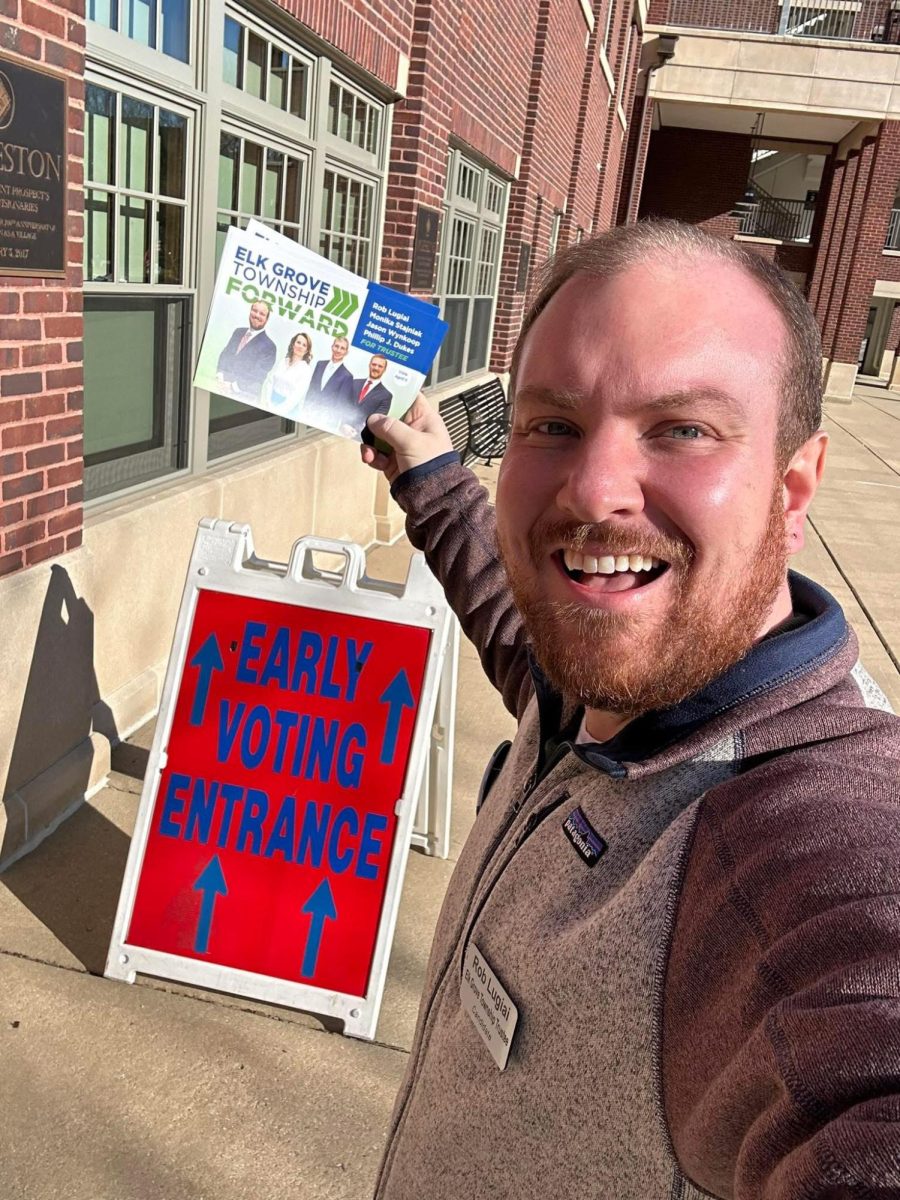Opinion: The US must ensure equality in education
December 21, 2022
In March of 1973, the U.S. Supreme Court ruled that the right to equal education was not required. People across the nation were outraged because the ruling perpetuated the educational disparities between the rich and the poor.
While a lot of us are given opportunities because of our financial privilege, many do not receive the same chances. So let’s dive into how this ruling was made in the landmark case Rodriguez v. San Antonio School District (1973).
The case was brought to the Supreme Court in 1972 when Texas’ public education system seemed to violate the 14th Amendment’s equal protection clause by failing to distribute funding equally among its school districts. Texas school districts would supplement state aid with property taxes to increase funding. Property taxes as the base for funding led to the claim that the system’s reliance on local property taxation favors the more affluent—violating the equal protection requirements. In July of 1968, Demitrio Rodriguez and a group of San Antonio parents filed a lawsuit on behalf of the low-income San Antonio school district.
San Antonio v.s Rodriguez eventually made its way to the Supreme Court, though in a 5-4 ruling, the court decided that the system was not a violation of the equal protection clause. The SCOTUS ruling declared that the right to equal education was not recognized as guaranteed by the Constitution.
The equal protection clause states that “no state shall make or enforce any law which shall abridge the privileges or immunities of citizens of the United States”—essentially saying that people’s rights and privileges cannot be limited. The Texas school system clearly favors the rich and limits education, a national privilege, providing grounds for a case. Unfortunately, SCOTUS decreed it to not violate the Constitution.
The 1972 court led by Chief Justice Warren Burger, were primarily conservative judges. Conservatives tend to be strict constructionists—literal interpretes of the Constitution. The court interpreted the equal protection clause very literally, ignoring the implicit bias of the Texas system. As a result, they only perpetuated the gap in the quality of education around the country.
People in marginalized communities lacking adequate funding are often denied access to adequate schooling. Inequality leads to major differences in the educational success of these individuals and can ultimately suppress social and economic mobility.
It’s a common view that the right to education is one deserved by anyone, regardless of race, social status, gender or sexuality. However, the Supreme Court in 1972 did not share the same sentiments and thus made it more difficult for communities who have long suffered to be given the same opportunities as others.
Every child deserves a quality education, one that could be provided if this case was overturned. Thousands of children and adults would be able to get good educations, increasing productivity and decreasing socio-economic disparities.
Though we live in the city of Naperville, countless others don’t. We must provide kids just like us with the education they deserve. We must overturn this ruling by persuading the current SCOTUS to reexamine and reevaluate the constitutionality of this case.







